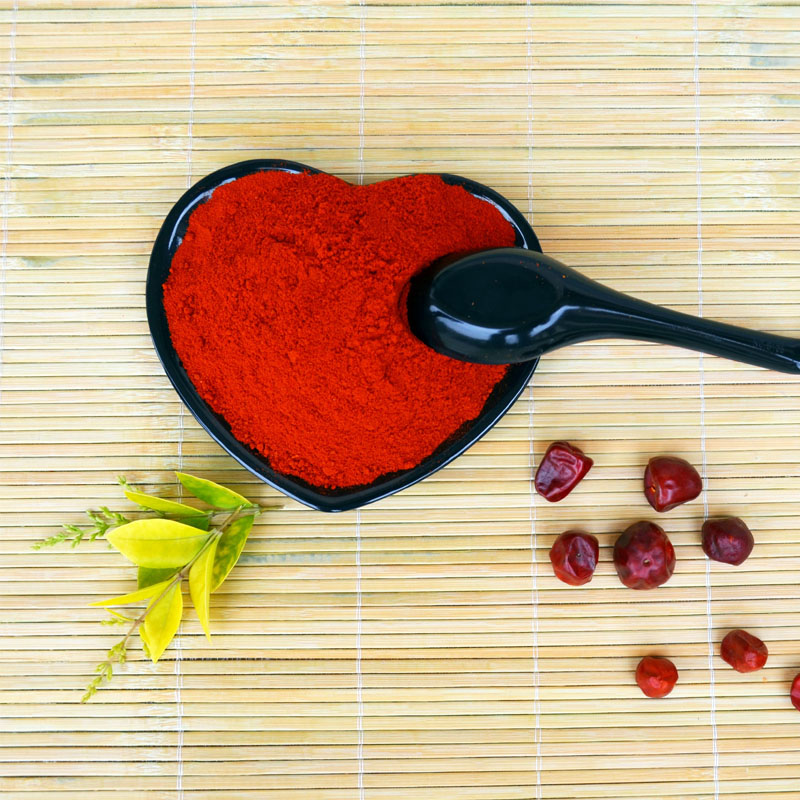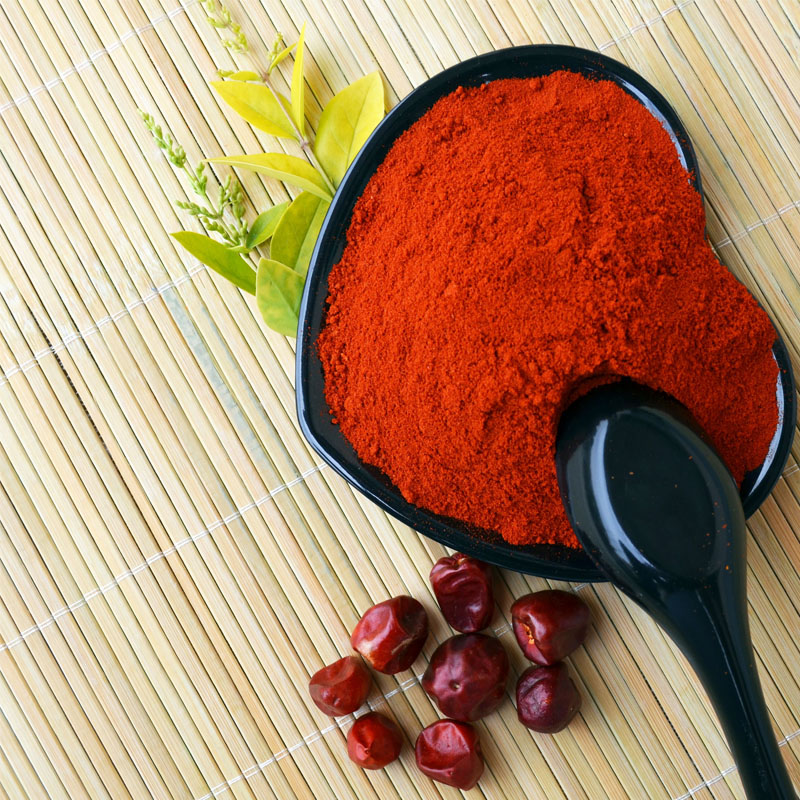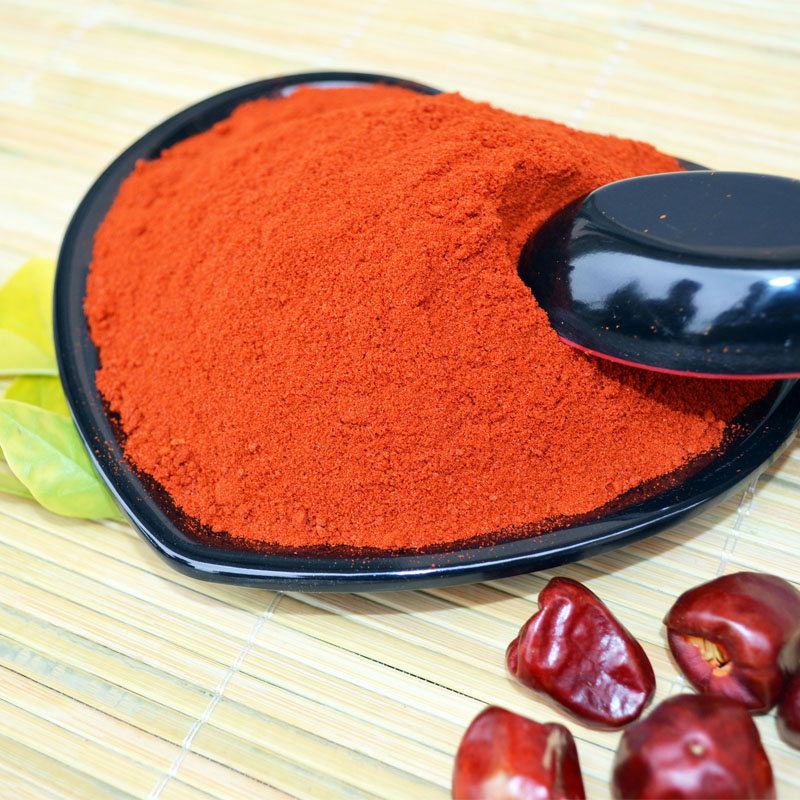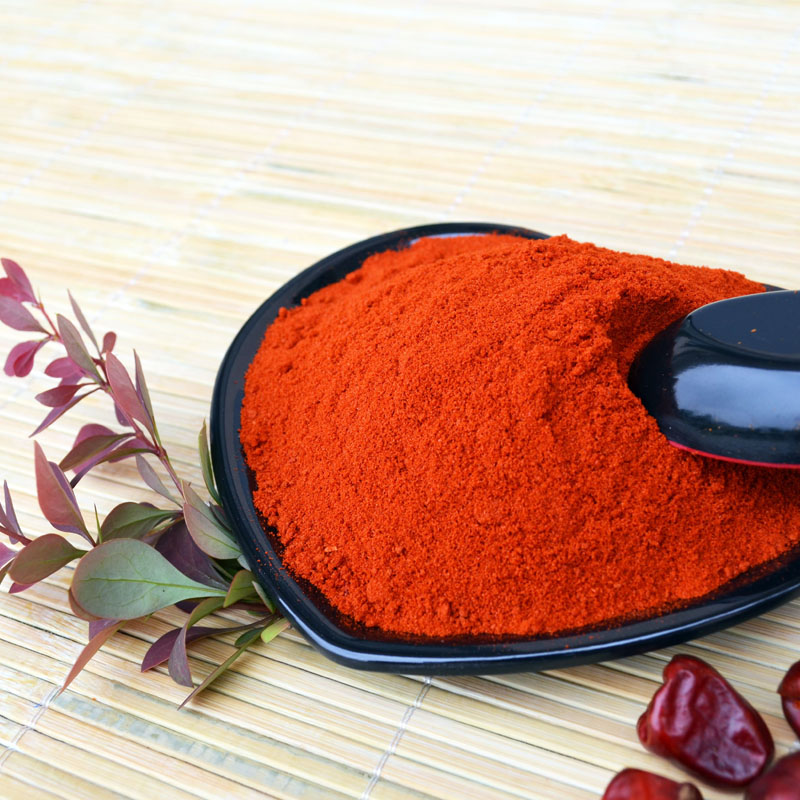- No. 268 Xianghe Street, Economic Development Zone of Xingtai city, Hebei 054001 China
- Byron@hbhongri.cn
Peppereka Powder – Vibrant Red, Sweet Aroma, Non-GMO
What buyers really ask about paprika — and how to spec it right
If you’ve ever fought with inconsistent color in a chorizo run or ended up with a flat-tasting rice dish, the culprit is usually spice quality. For anyone sourcing [peppereka powder] at scale, the margin between “vibrant” and “meh” is smaller than you’d think. I’ve toured plants, tasted the batches, and yes—burned a few pans learning how oleoresin wakes up only when it meets hot oil.

Product snapshot and industry pulse
Origin: No. 268 Xianghe Street, Economic Development Zone of Xingtai city, Hebei 054001 China. The market trend is clear: buyers want clean-label, steam-sterilized peppereka powder with tighter micro specs and higher ASTA color for visual impact. Demand spikes in Q3–Q4 as meat processors ramp up holiday SKUs; foodservice wants consistent heat and color, not surprises.
Applications (real kitchens, real line speeds)
- Color-forward stews and soups (think goulash, chili, caldo)—heat it in oil first, always.
- Meat systems: Spanish chorizo, sausages, deli rubs; stable red without bleeding is key.
- Rice and ready meals—uniform ASTA avoids yellowish drift.
- Snack coatings and seasonings—low moisture aids flowability.

How it’s made (short version, but technical)
Raw material: dried Capsicum annuum pods. Process flow: cleaning → de-stoning/metal check → low-temp drying (to ≈8–10% moisture) → milling (80–120 mesh typical) → blending for target ASTA and SHU → steam sterilization (most buyers prefer this) → sieving → micro/chemical testing → nitrogen-flushed packing. Service life: around 24 months in cool, dry storage; real-world use may vary.
Testing standards: ASTA color units, moisture (AOAC), particle size (sieve analysis), micro (ISO 4833 total plate count; ISO 6579 Salmonella), mycotoxins (ISO 16050 for aflatoxins). Certifications commonly requested: HACCP, ISO 22000/FSMS, Halal, Kosher.
Technical specifications (typical commercial grade)
| Parameter | Spec (typical) | Notes |
| Color (ASTA) | 80–160 | Higher = brighter red |
| Heat (SHU) | ≤ 500 SHU | Sweet to gentle warmth |
| Moisture | ≤ 10% | Flowability, shelf life |
| Mesh size | 80–120 mesh | Custom grinds available |
| TPC | ≤ 10⁵ cfu/g | Post-steam target |
| Salmonella | Absent/25 g | ISO 6579 |

Vendor comparison (my short list)
| Vendor | Strengths | Limiters |
| Hongri Spice (Hebei) | Consistent ASTA, steam-sterilized, ISO/HACCP; custom grinds; fair MOQ | Lead times extend in peak season |
| Generic Importer A | Aggressive pricing | Color variance, sparse test data |
| Local Distributor B | Fast delivery, small lots | Limited customization |
Customization menu
Choose ASTA (≈100/120/140), SHU (sweet to mild), grind (60–140 mesh), sterilization (steam preferred), and packaging (25 kg Kraft with inner foil, nitrogen flush). Many customers say the 120 ASTA sweet profile nails both retail and QSR color targets.

Case notes from the floor
- Spanish chorizo maker: switching to 140 ASTA peppereka powder cut batch-to-batch color variance by ≈35% (internal QC logs).
- US soup brand: steam-sterilized spec reduced micro holds to near-zero during winter run-up. Honestly, less firefighting.
How to use it well (quick chef tip)
Heat peppereka powder gently in oil to bloom the oleoresin; add liquids after 20–40 seconds. On cold garnishes, expect softer aroma—still fine, but not peak.
Packaging, logistics, and docs
Pack: 25 kg bags with inner liner; smaller packs on request. Shelf life ≈24 months, unopened. COA, micro report, and allergens statement included; Halal/Kosher certificates available. Industries served: meat processing, ready meals, snacks, foodservice, meal kits.
References
- ASTA Official Methods for Color Measurement (American Spice Trade Association).
- ISO 22000:2018 Food Safety Management Systems.
- ISO 6579-1:2017 Microbiology of the food chain—Salmonella detection.
- AOAC Official Methods for moisture and spice analysis; Codex STAN 326 for spices and culinary herbs.
-
Capsicum frutescens oleoresin – High Purity, Food GradeNewsNov.17,2025
-
Capsicum Frutescens Oleoresin – Natural Heat & FlavorNewsNov.17,2025
-
Peppereka Powder – Fresh, Vibrant Color & Sweet AromaNewsNov.17,2025
-
Paprika Oleoresin | Natural Red Color, Heat & Flavor BoostNewsNov.17,2025
-
Pure Turmeric Extract 95% Curcumin | Potent, Lab-TestedNewsNov.17,2025
-
Red Papper Pods – Premium Sun-Dried, Bold Heat & AromaNewsNov.10,2025







